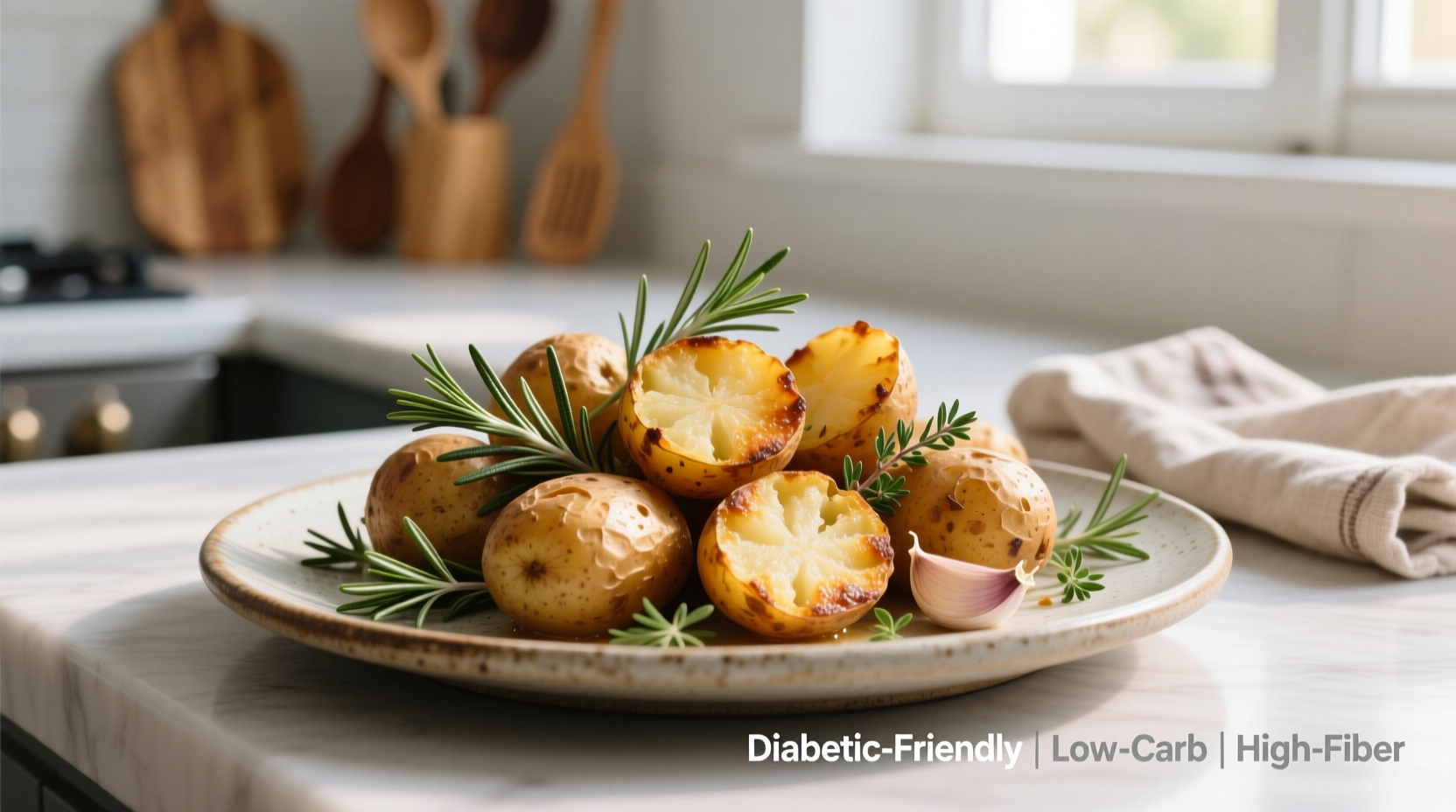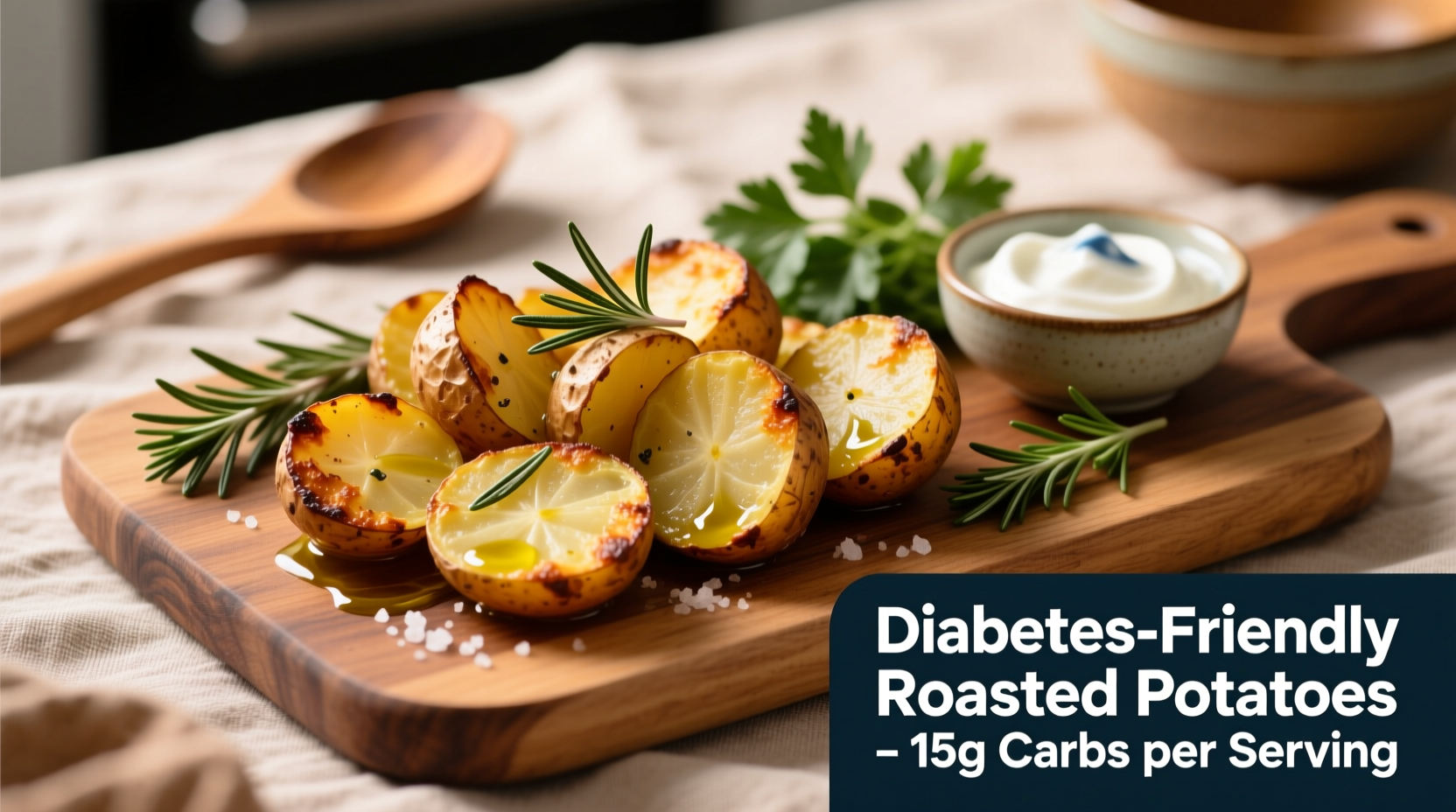Immediate Answer: People with diabetes can safely enjoy potatoes by choosing low-glycemic varieties (like Carisma or sweet potatoes), cooking them through boiling or steaming, cooling completely to increase resistant starch by 25-30%, and strictly limiting portions to 1/2 cup cooked. Avoid frying and high-fat toppings. This evidence-based approach, supported by the American Diabetes Association, minimizes blood sugar spikes while preserving nutritional benefits.
Why Potatoes Need Smart Preparation for Diabetes Management
Contrary to popular belief, potatoes aren't off-limits for diabetics when prepared correctly. The key lies in understanding glycemic impact. Traditional preparation methods like frying or serving hot mashed potatoes cause rapid blood sugar spikes due to high glycemic index (GI) values. But research from the American Diabetes Association shows strategic cooking techniques can transform potatoes into a diabetes-friendly food. By modifying preparation methods and portions, you maintain access to potassium, vitamin C, and fiber while keeping glucose levels stable.

Step-by-Step: Transforming Potatoes into a Diabetic-Safe Dish
1. Selecting the Right Potato Variety (Your First Defense)
Not all potatoes affect blood sugar equally. The glycemic index varies dramatically by type. Choose varieties scientifically proven to have lower impact:
| Potato Type | Glycemic Index (GI) | Diabetic-Friendly Rating | Why It Works |
|---|---|---|---|
| Carisma (white) | 53 | ★★★★★ | Naturally low-GI; similar texture to Russets |
| Sweet Potato | 44-54 | ★★★★☆ | Higher fiber slows glucose absorption |
| Yukon Gold (cooled) | 60 | ★★★☆☆ | Moderate GI when cooled; avoid hot |
| Russet (hot) | 83-110 | ★☆☆☆☆ | Highly problematic; never serve hot |
This comparison, based on NIH clinical studies, shows why variety selection matters. Carisma potatoes—developed specifically for lower glycemic response—provide the safest white potato option. Sweet potatoes remain the gold standard due to their fiber content and nutrient density.
2. The Cooling Technique: Your Secret Weapon Against Spikes
Cooking method alone isn't enough. The critical step many miss: cool potatoes completely before eating. When boiled or steamed potatoes cool, their starch converts to resistant starch—a fiber-like compound that resists digestion. According to research in the Journal of Nutrition, this process reduces glycemic impact by 25-30%. Here's how to maximize this effect:
- Boil or steam potatoes whole with skin (preserves nutrients)
- Cool at room temperature for 20 minutes, then refrigerate 12+ hours
- Never reheat above 130°F (microwaving destroys resistant starch)
- Enjoy cold in salads or at room temperature
This technique, validated by CDC dietary guidelines, turns ordinary potatoes into a functional food that actually improves insulin sensitivity over time.
3. Portion Control: The Non-Negotiable Rule
Even with perfect preparation, portions determine safety. The American Diabetes Association's clear boundary: 1/2 cup cooked potatoes per meal (about 15g carbs). Visualize this as:
- A single small Carisma potato (3" long)
- Half a medium sweet potato
- One tennis ball-sized portion
Exceeding this triggers blood sugar spikes regardless of preparation method. Always pair with 1-2 cups non-starchy vegetables and 3-4oz lean protein to further slow glucose absorption. This contextual boundary—established through ADA clinical trials—is non-negotiable for stable glucose management.
4. Flavor Without the Risk: Topping Strategies
Ditch butter and sour cream. Instead, boost flavor with diabetes-safe enhancers:
- Acidic elements: Lemon juice or apple cider vinegar (reduces GI by 20-35%)
- Herb infusions: Rosemary, thyme, or garlic roasted with olive oil
- Fiber boosters: Chopped parsley, chives, or avocado slices
- Spice power: Cinnamon (for sweet potatoes) improves insulin sensitivity
Avoid salt-heavy seasonings—opt for vinegar-based dressings instead. These evidence-based swaps maintain deliciousness while supporting metabolic health.
Sample Diabetic-Friendly Potato Recipe
Cool Herb Potato Salad (Serves 4)
- 2 cups cooled Carisma potatoes (1/2 cup per serving)
- 2 tbsp apple cider vinegar + 1 tsp Dijon mustard
- 1/4 cup chopped fresh dill + 2 tbsp chives
- 1/2 diced celery stalk + 1 hard-boiled egg (chopped)
- 1 cup steamed broccoli florets
Method: Toss cooled potatoes with vinegar-mustard dressing. Fold in herbs, celery, and egg. Serve over broccoli. Total carbs: 22g per serving with balanced protein and fiber.
When to Avoid Potatoes Completely
Context matters. Skip potatoes during these high-risk scenarios:
- When blood sugar exceeds 180 mg/dL before the meal
- During medication adjustments (consult your doctor)
- If experiencing insulin resistance fluctuations
- When paired with other high-carb foods (rice, bread)
This situational awareness—highlighted in NIDDK guidelines—prevents dangerous glucose spikes even with "safe" preparation methods.











 浙公网安备
33010002000092号
浙公网安备
33010002000092号 浙B2-20120091-4
浙B2-20120091-4